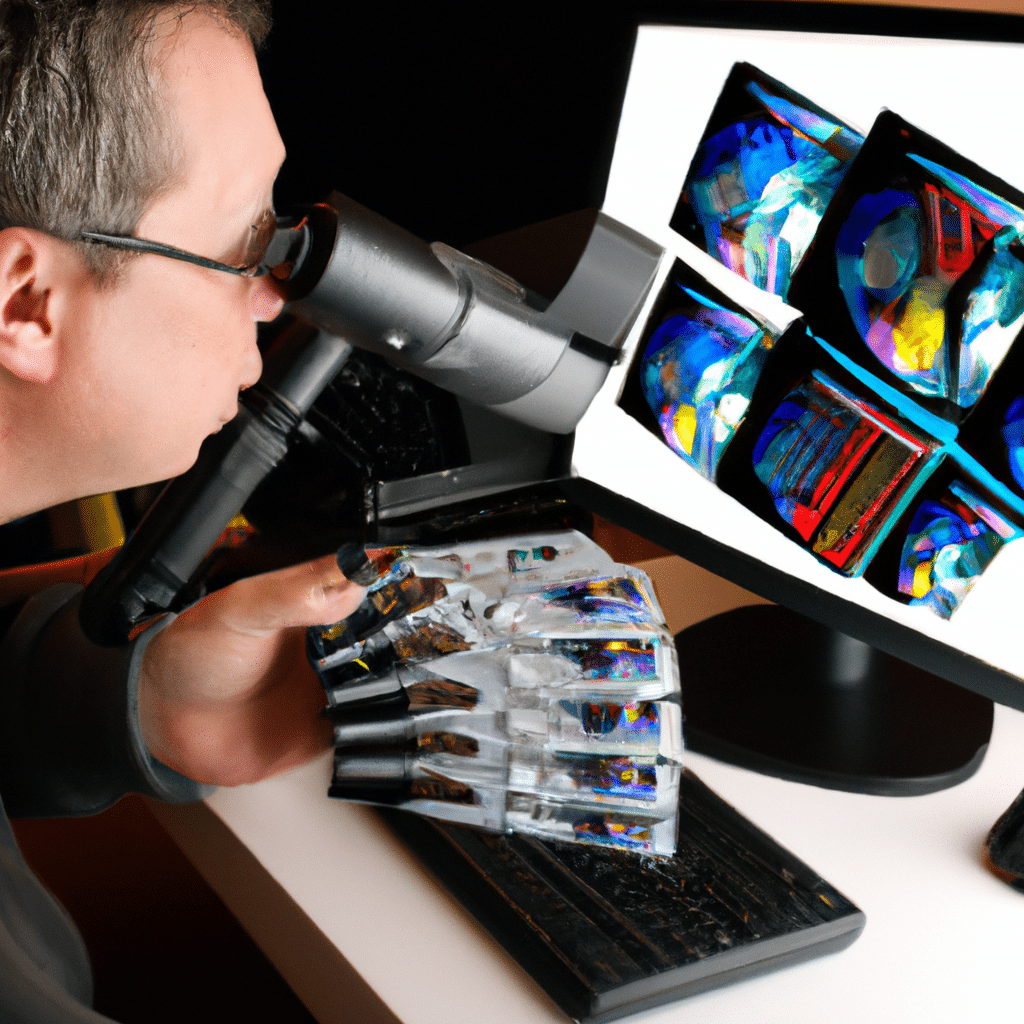When it comes to photo editing, having the right graphics card can make all the difference. But with so many options on the market, it can be overwhelming to choose the best one for your needs. In this article, we’ll break down what to look for when selecting a graphics card for photo editing, so you can make an informed decision.

Understanding the Basics of Graphics Cards
Before we dive into what to look for in a graphics card for photo editing, let’s start with the basics. A graphics card, also known as a video card or GPU (Graphics Processing Unit), is a piece of hardware that’s responsible for rendering images and video on your computer. It works in tandem with your computer’s CPU (Central Processing Unit) to display data on your monitor.
When it comes to photo editing, having a powerful graphics card is important because it can help speed up the editing process. A good graphics card can handle complex image processing tasks, such as rendering high-resolution images or running multiple editing programs at once.
What to Look for in a Graphics Card for Photo Editing
When choosing a graphics card for photo editing, there are a few things to keep in mind. Here are some of the key factors to consider:
1. GPU Memory
One of the most important things to look for in a graphics card for photo editing is GPU memory. The more memory a graphics card has, the more data it can handle at once. This means you’ll be able to work with larger image files and run more editing programs simultaneously.
Typically, a graphics card with at least 4GB of memory is recommended for photo editing. However, if you work with very large files or run multiple editing programs at once, you may want to consider a card with 8GB or more.
2. CUDA Cores
CUDA cores are another important factor to consider when choosing a graphics card for photo editing. CUDA is a parallel computing platform developed by NVIDIA, and CUDA cores are the processing units that handle complex calculations.
The more CUDA cores a graphics card has, the faster it can perform tasks such as rendering or applying effects. Generally, a graphics card with more CUDA cores will be more expensive, but it may be worth the investment if you work with large files or complex projects.
3. Clock Speed
Clock speed refers to the speed at which a graphics card’s processor runs. A higher clock speed means faster processing, which can be beneficial for photo editing tasks.
However, it’s important to note that clock speed isn’t the only factor that determines a graphics card’s performance. GPU memory and CUDA cores are also important, so be sure to consider all three factors when choosing a card.
4. Compatibility
When choosing a graphics card for photo editing, it’s important to make sure it’s compatible with your computer’s hardware and software. Be sure to check the card’s compatibility with your motherboard, power supply, and operating system before making a purchase.
5. Price
Graphics cards can range in price from a few hundred dollars to over a thousand dollars. While it’s tempting to go for the most expensive option, it’s important to consider your budget and the level of performance you actually need.
For most photo editing tasks, a mid-range graphics card with 4-8GB of memory and a decent number of CUDA cores should be sufficient. However, if you work with very large files or require a high level of performance, a more expensive card may be worth the investment.
Top Graphics Cards for Photo Editing
Now that you know what to look for when choosing a graphics card for photo editing, let’s take a look at some of the top options on the market:
1. NVIDIA GeForce RTX 3080
The NVIDIA GeForce RTX 3080 is a high-end graphics card that’s designed for gaming but also performs well for photo editing. It has 10GB of GPU memory and 8704 CUDA cores, making it a powerful option for handling large files and complex projects. However, it comes with a high price tag of over $700.
2. AMD Radeon RX 6700 XT
The AMD Radeon RX 6700 XT is a mid-range graphics card that’s a great option for photo editing. It has 12GB of GPU memory and 2560 stream processors, making it a good choice for handling large files and running multiple editing programs at once. It’s also more affordable than some of the higher-end options, with a price tag of around $500.
3. NVIDIA GeForce GTX 1660 Super
The NVIDIA GeForce GTX 1660 Super is a budget-friendly graphics card that’s still powerful enough for most photo editing tasks. It has 6GB of GPU memory and 1408 CUDA cores, making it a good choice for handling medium-sized files and basic editing tasks. It’s also relatively affordable, with a price tag of around $230.
Conclusion
Choosing the right graphics card for photo editing can be a daunting task, but by considering factors such as GPU memory, CUDA cores, clock speed, compatibility, and price, you can make an informed decision. Whether you’re a professional photographer or a hobbyist, investing in a good graphics card can help speed up your editing process and improve the quality of your final product.












